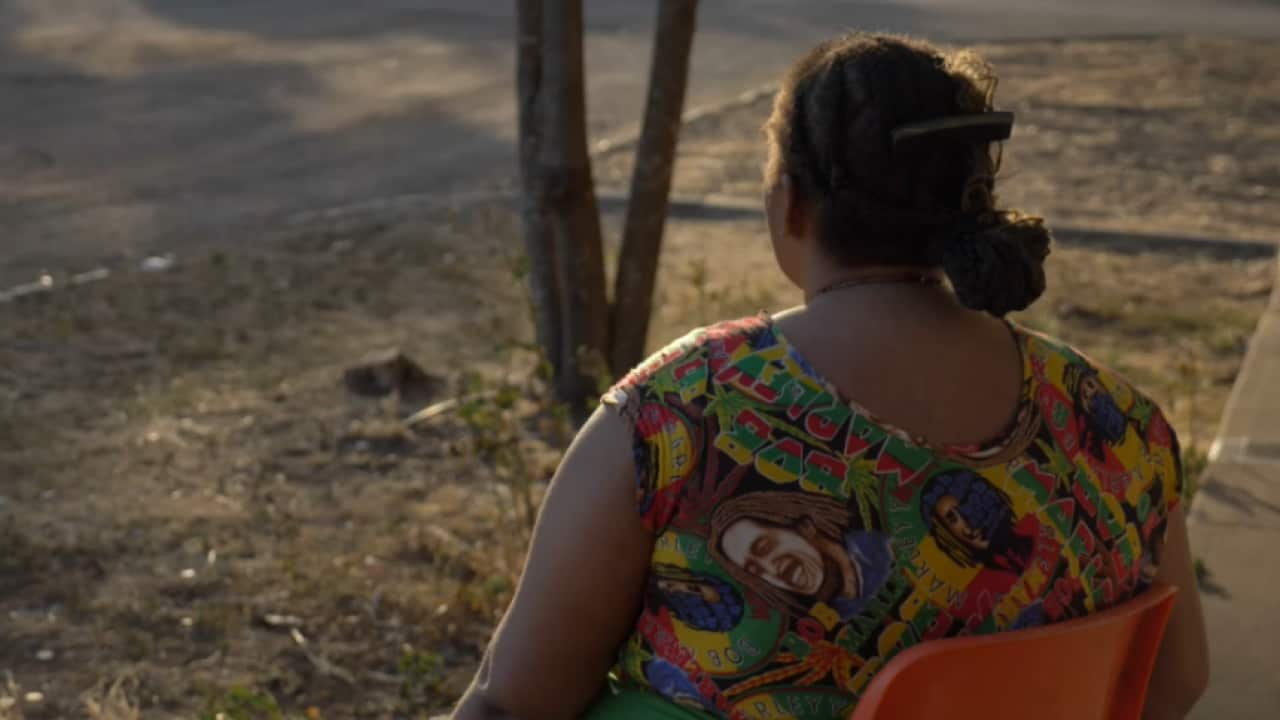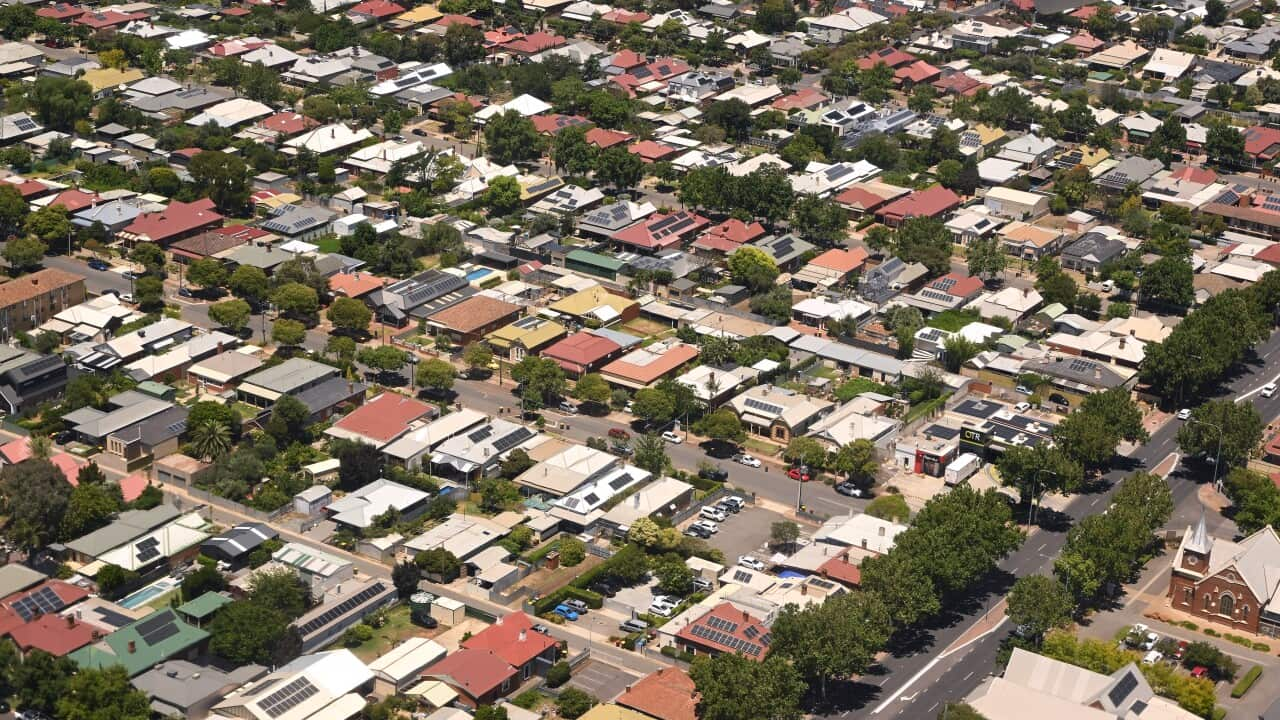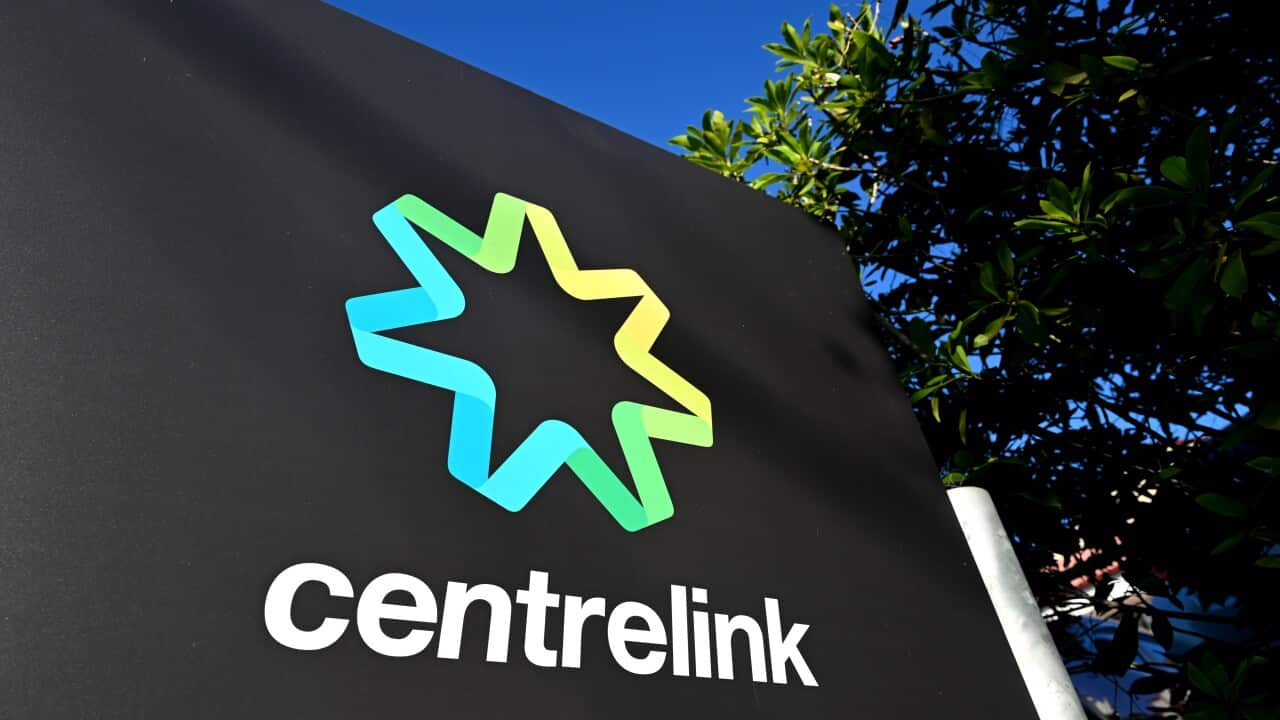TRANSCRIPT
It is the largest internet disruption since last year's CrowdStrike malfunction took out hospitals, banks and airports.
A tech failure at Amazon’s cloud computing company Amazon Web Services, or AWS, triggered a global outage, affecting hundreds of applications and services such as Snapchat, Reddit, Duolingo, Pokémon Go, and Coinbase.
The list also includes airlines, banks and retail payment services globally - and major companies in Australia like Telstra, Optus and the Commonwealth Bank.
Affected users vented their frustration on social media, including on TikTok:
Male voxie 1: "And why it is breaking or broke, I think half the internet. I think it is crazy to see that the internet is not as bulletproof as we think."
Male voxie 2: "We have Lloyd's Bank affected. People's cards are declining. Ring security cameras just aren't working. So people can't even check the security cameras. UK tax website is not working. I know Canva is not working. So people who use that for work - can't do that. It is pretty insane that one outage in the US can take out so many services across the world. "
Female voxie 1: "By me being a trader, I was concerned because (US trading platform) Robin Hood and Webull was lagging. And it led me to think, if you really don't have cash in your house - it just shows how fragile the system is. Is everybody going to go back to cash? What are we going to do? Because this is kind of scary."]]
More than 2,000 companies globally reported connectivity issues, as did 8.1 million users - including 418,000 in Australia.
That's according to website Downdetector that monitors internet outages.
Internet users - like Christina - went online looking for help, after her devices that use voice activation failed to work.
"I use Alexa-enabled smart plugs to control the lamps in my room. I’m unable to walk without leaning on crutches so being able to turn lights and music on by voice is very helpful. During the outage my smart plugs became unresponsive. Before I realised why the plug wasn’t working, I tried unsuccessfully to reset one of them. Now I can’t get it to work at all."
Reports of connectivity issues started shortly after midnight in the United States on Monday - around 5pm AEDT on Tuesday in Australia.
AWS says it originated from on their data centres on the east coast of the US that run the cloud computing services, which power the web-based services and applications used by businesses and governments globally.
The company attributed the outage to a faulty configuration change related to a breakdown in the Domain Name System - or DNS - that manages internet traffic, connecting tech devices to websites by converting letters to numbers.
Tom Worthington is an honorary senior lecturer in computing at the Australian National University.
"The new good news is it looks like this wasn't a cyberattack or hackers or anything (like that). They (AWS) were doing some sort of software maintenance upgrade. And got it wrong. And it was just a matter of when they could patch up the mistake. Well, all those servers are interconnected. In part, it's to provide redundancy - so if one goes down, the other one can pick up the service. And also to distribute the load around the world. Where people are using it, they put it there. But it does mean that in some cases, if there is a fault, it will spread throughout the system."
A-W-S says systems started to recover three hours after the outage began.
And then at the 15-hour mark, the company announced the disruption to 64 internal services had been resolved; and their programs had "returned to normal operations".
Mr Worthington says the impacts of this outage have been less severe in Australia due to it hitting outside of business hours, but there are still actions that can be taken to improve preparedness in the future.
That would include having backup systems.
"You don't necessarily have to use one of the large US companies. There are other companies that you can use from around the world. I think the main thing is just don't be dependent on one. To make sure you have alternatives to keep your business working (and) your family communications working when the technology has a problem. That would be making sure you're not all using the same telephone company. Making sure you've got some money. Have different email services so you can still communicate."
There have also been calls for tougher governance and regulatory settings to avoid too much control being held by a handful of companies.
Cybersecurity expert Ed Amoroso is the CEO of TAG Infosphere and a research professor at New York University.
He says understanding the nature of how the cloud system works - both its benefits and weaknesses - is crucial to mitigating the risks.
"I mean, the ripple effects of this is obvious. We've all become very dependent on cloud and the big hyperscalers. So the costs are low and the service levels are high. That's the good thing. The bad thing is the proverbial 'all your eggs in one basket'. Now, even if you take a multi-cloud approach, if you say, well, I'm going to spread my capability across multiple providers, well, who knows? The next attack might be around multi-cloud interaction. And if you were in one place, you'd have been safe but using multiple, you're not. Very difficult to predict. So we live in an era right now where we are very dependent on the cloud providers. So we need them to be at the top of their game. And today, Amazon was not."
This latest incident is not the first Amazon cloud service outage.
There was a five-hour plus outage in late 2021 - and other incidents in 2017, 2020 and 2023.













